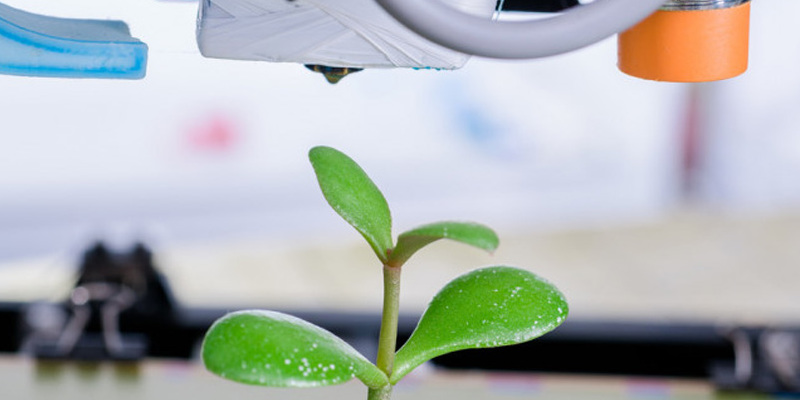Posted on: March 18th, 2019, | By Candy , WayKen Marketing Manager
A short time ago, the efficiency of any manufacturing could be assessed through the quality of its products and the manufacturing costs. Today, another factor is becoming at least as important in modern manufacturing. That factor is environmental influence or as it is often called sustainability. A modern manufacturing business has to not only produce high-quality products but try to preserve nature as well. Since manufacturing is often a process that uses hazardous materials or generates a considerable amount of pollution, sustainability is an issue that needs solving. Modern rapid prototype companies despite having smaller volumes are joining the sustainability rally. But how can they reach green manufacturing?
The Postulates of Green Manufacturing for Rapid Prototyping
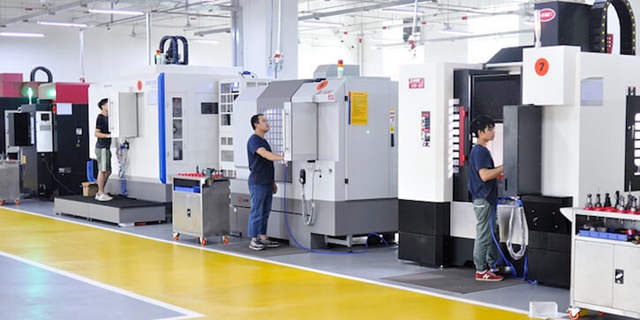
First, let’s try to understand what the term Green Manufacturing is all about. A lot of people seem to think that being “green” is enough by decreasing the carbon dioxide emission and avoiding the use of hardcore chemicals. That isn’t everything that sustainable or green technology is about. It is much more than that. sustainability can be achieved in a very large number of ways. For example, using recyclable metals and plastics can greatly decrease the waste your production generates. Furthermore, you can achieve sustainability in a number of different ways. For example, switch to paperless documentation and you will significantly rise in terms of sustainability. Use leftover heat from hardening ovens or save electricity by adopting power-saving modes in your equipment. There are lots of ways to be green.
Rapid prototyping services, being plants with
The Role of Rapid Prototyping in Making Manufacturing Green
Before determining the ways to improve the ecological sustainability of rapid prototyping services, let’s first give them the tribute they deserve in regards to the overall manufacturing of products. Despite any influence that rapid prototyping has on nature, it gives a significant advantage. The economy of time and material when the product is under development. Manufacturing rapid prototype parts instead of full-scale sample batches has greatly decreased the amount of waste from machining or injection molding those prototypes as was done before.
Which Rapid Prototyping Methods Can Be Made Green
Today, there are 3 technologies and their variations that take up 90% of the rapid prototyping in China. They include 3D-printing, a new method of manufacturing parts layer-by-layer, CNC rapid machining, a modern method of conventional machining for producing complex parts swiftly, silicone casting, a simple method to create a small batch of plastic parts from a master model. That being said, it will be most efficient to discuss those three methods in terms of sustainability and green manufacturing.
Green 3D-Printing
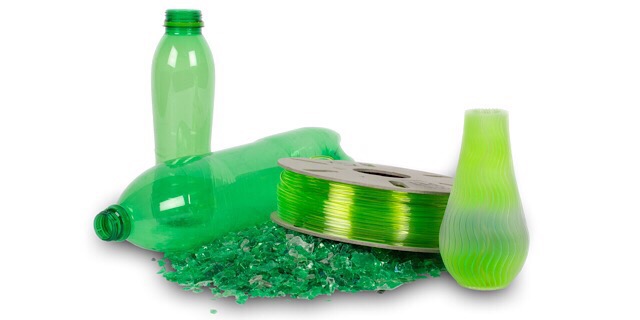
3D printing is a revolutionary method that has shortened the number of rapid prototyping steps by a large margin, having made the process even faster. This cannot be overlooked because each step takes up electricity, paper, and often some form of manufacturing that involves wasting materials and polluting. Another advantage relatable to green manufacturing is the fact that 3D printing has virtually no waste. Just to compare, CNC machining for prototype manufacturing usually throws out 60-70% of the blank into the waste bin.
However, this technology has some downsides that need to be further developed to call 3D printing completely green.
Firstly, 3D printers have low productivity while requiring a lot of electricity. Because of that, they can work a couple of days for 24 hours straight and waste lots of power. One of the perspective ways to increase the sustainability of a rapid prototyping company is to find ways to decrease electricity consumption of 3D printers or add sustainable power generators to your production such as solar panels, recycling ovens, etc.
Another issue with 3D printing relates to its materials and their use. The majority of printers use different plastics, ABS being in about 80% of cases the most popular. So, let’s consider ABS. Unfortunately, the recycling of ABS is not well developed yet. If we look at the ASTM International Resin Identifier Codes, we will see that its category is “other”. That means the majority of local recyclers won’t bother with it and you’ll have to think something up yourself. Luckily, recycling ABS usually involves heat treatment and pulverization after which it can be used again.
Green CNC Machining
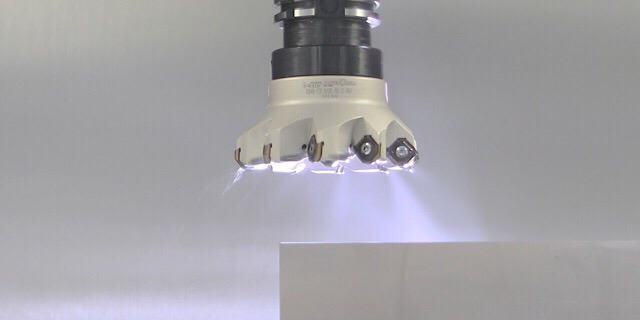
When we consider CNC machining for rapid prototyping in terms of green manufacturing, we usually encounter the following. First, CNC machining for prototyping generates A LOT of waste (well over 50%) and this is only possible to counteract if we take the minimization of machining as a major parameter in prototype design. The other issue is usually lubricant use. A lot of machining lubricants are quite harmful to humans ( if you spend some time in contact with them, you can get skin and eye irritation). Apart from that, a lot of it is used during the machining processes. That’s why minimum quality lubrication theory has been devised. It basically states that we don’t need as much lubricant as is used and as many oil and chemical additives, so it tries to find ways to use simple compressed air and water for efficient lubrication. Here, Wayken can offer more sustainable CNC prototyping, rapid tooling, rapid injection molds, low volume production for the global customers with reasonable & favorable prices.
Green Silicone Rapid Casting
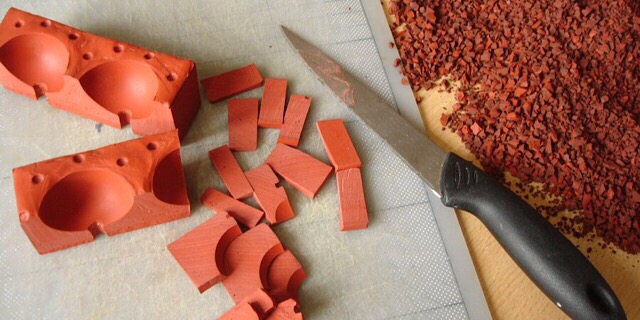
Last but not least is silicone casting. It doesn’t actually require as much electricity but its main issue is leftover silicone molds. Now, silicone is a material that doesn’t biodegrade or decompose by itself, unfortunately, so you’ll have to find a recycling company to partner with for that, which is viable if you do a lot of silicone casting. Otherwise, you’ll have to think up another method because the majority of local companies don’t recycle silicone as part of their municipal program. A viable suggestion could be to couple with a few other rapid prototype companies and pay for recycling silicone together. That way, your manufacturing will be green but you won’t have to shoulder all the financial issues.
Conclusion
Having said all of the above, I would like to mention that sustainability doesn’t just lie in the manufacturing phase of rapid prototyping. There are ways to make businesses greener without delving into the deep waters of plastic recycling. For example, product lifecycle management software could be installed that makes hundreds of rapid prototype companies paperless already, LED lamps could be installed, sort garbage generated by the employees, and even employ used air conditioning air to use for server cooling. There are millions of ways to save the environment.

